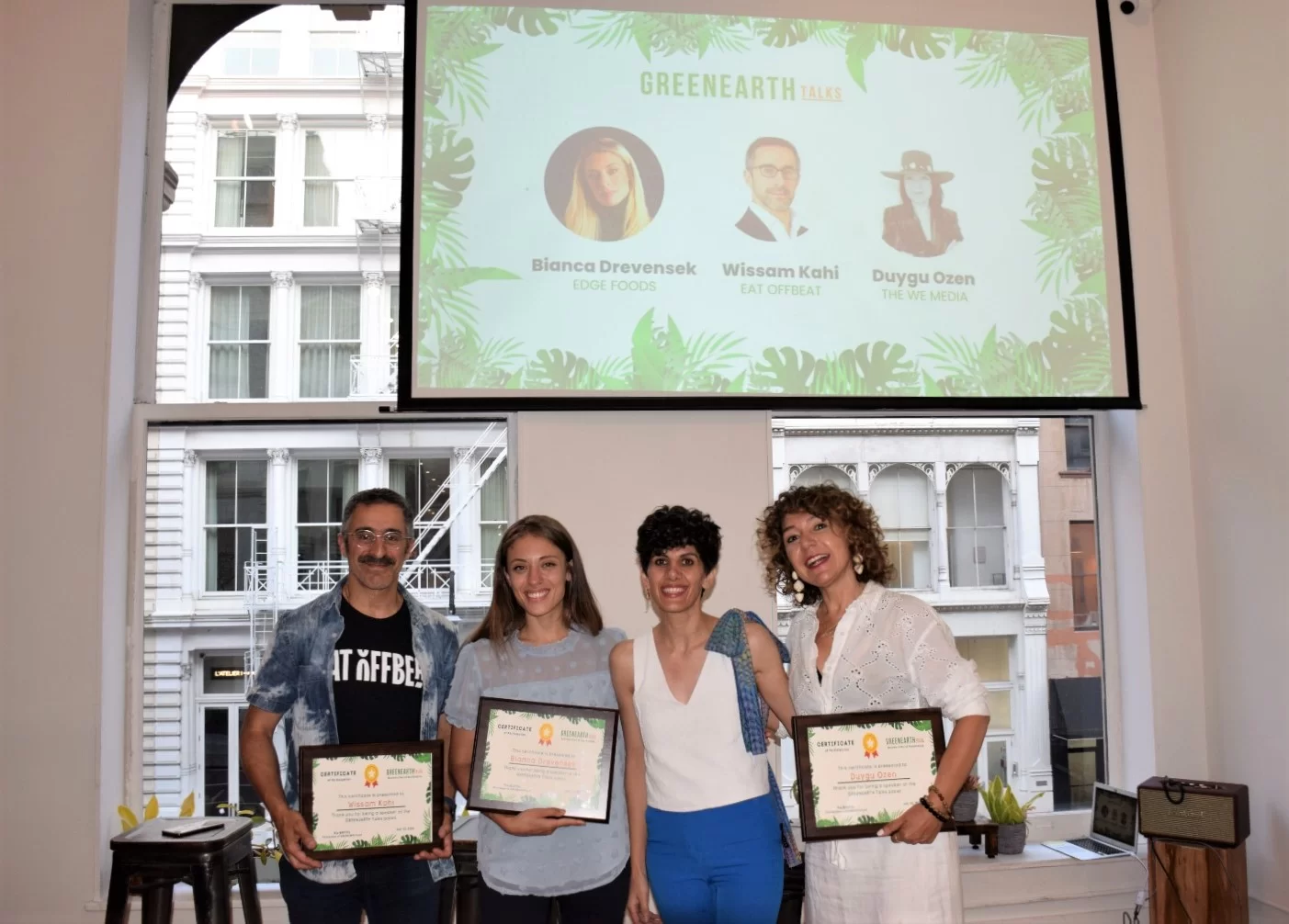Pia Bozyel – ”Forests, one of the most valuable assets of our world, constitute a fundamental pillar of life with their functions such as biological diversity, ecosystem services, and climate regulation. However, their rapid decline due to human impact poses a significant threat to the disruption of natural balance and the sustainability of the future. Understanding and preserving the relationship between forests and sustainability is a critical path leading towards the future.
The depletion of forests implies the erosion of biodiversity. Many plant and animal species are at risk of extinction as they lose their unique habitats. Such losses can result in consequences like the collapse of food chains, weakening of pollination services, and decreased agricultural productivity. Sustainable forest management contributes to the preservation of biodiversity by mitigating these risks.
Sustainable forestry involves not only tree felling but also strategies such as afforestation and erosion control. Afforestation projects support biodiversity and revitalize ecosystem services by reestablishing lost forest areas. Erosion control reduces soil loss, preserves water sources, and thus provides a healthy habitat for future generations.
The sustainability of forests also plays a significant role in combating climate change. Trees absorb and store carbon dioxide from the atmosphere, preventing the accumulation of greenhouse gases. Through sustainable forestry practices, forests can enhance their carbon storage capacity and serve as a defense mechanism against the climate crisis.
Sustainable forestry also encompasses economic and social dimensions. Forest communities and indigenous populations derive income from forest products. Therefore, sustainable forest management can enhance the well-being and living standards of these communities.
The connection between forests and sustainability is complex and crucial. Forest decline can lead to adverse outcomes such as biodiversity loss, climate change, and ecosystem service degradation. However, through sustainable forestry practices, it is possible to minimize these negative effects and leave a healthy habitat for future generations. In order to protect our future and maintain ecological balance, we must take determined steps towards the sustainable management of forests.”



